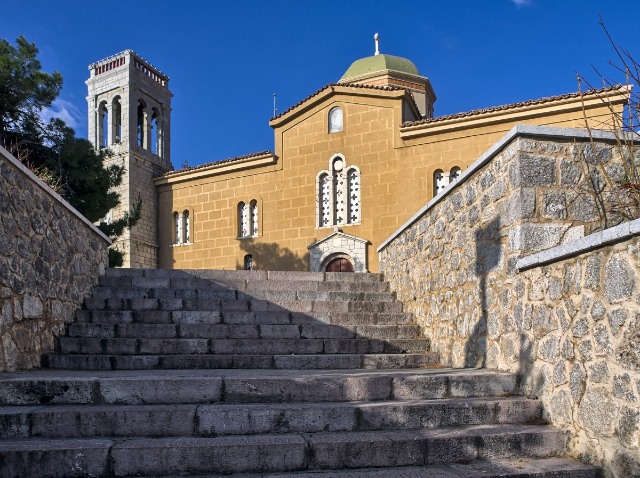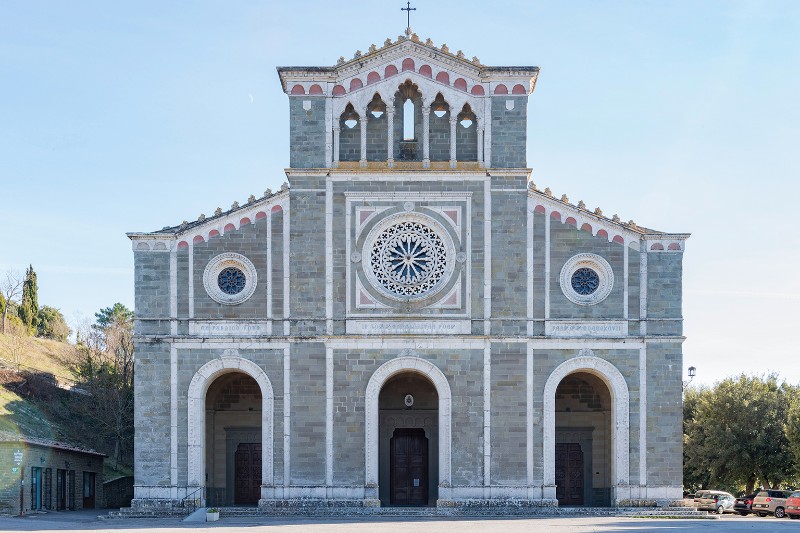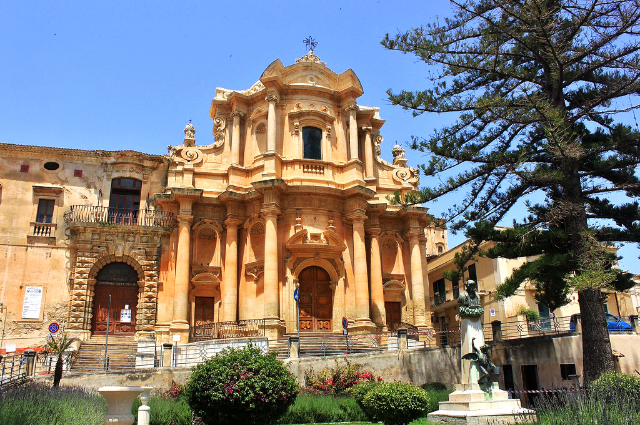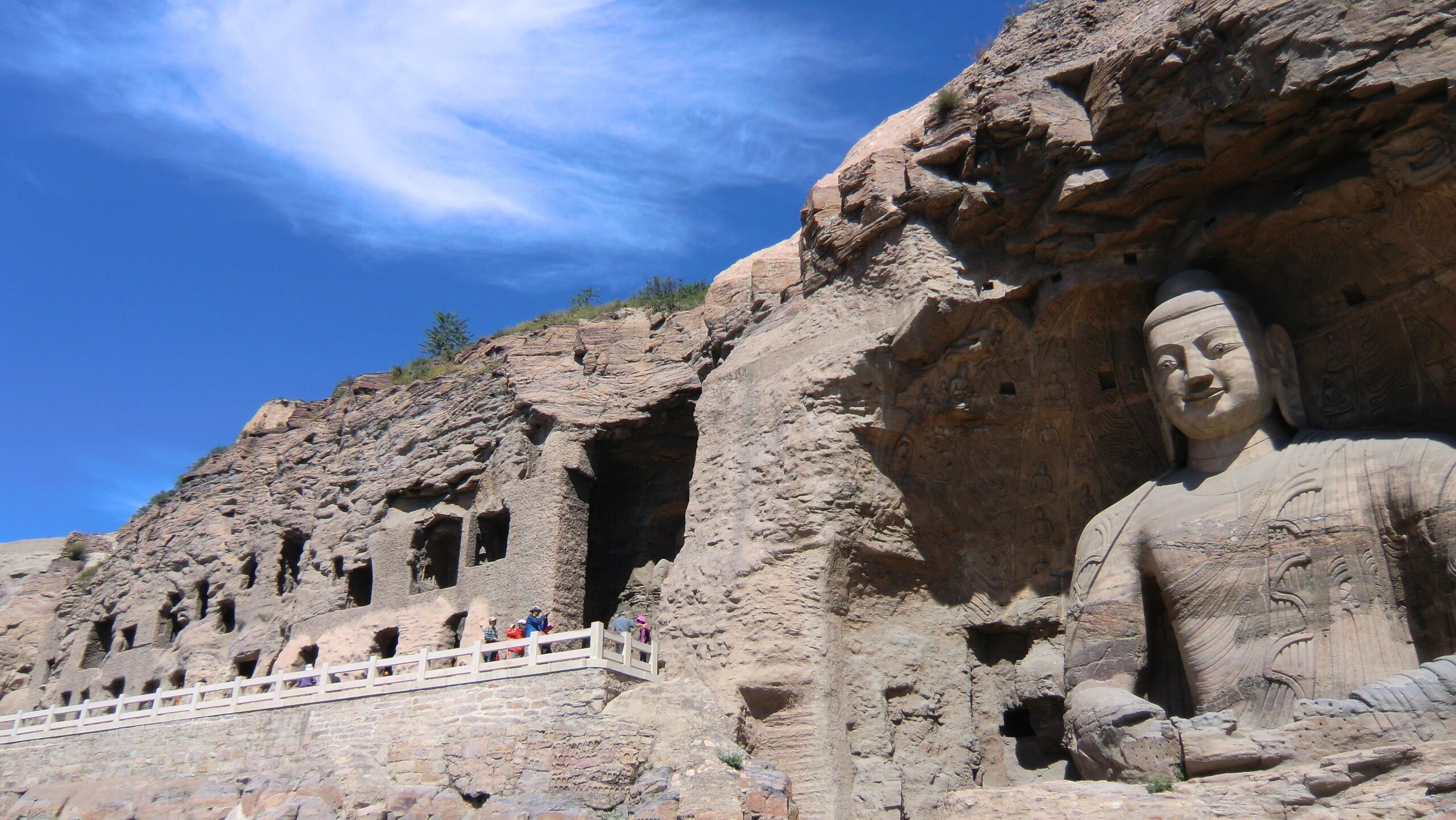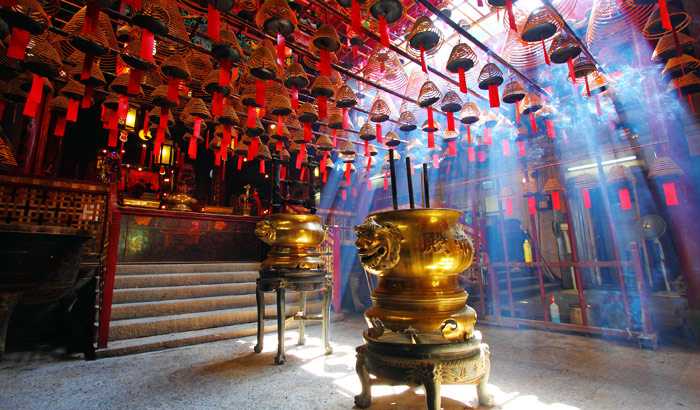The Church of Agios Georgios in Arachova is not just a place of worship, but also a living monument that encapsulates significant historical, cultural, and spiritual aspects of the town. Here’s why this church is so important:
Historical Significance:
The church is closely tied to the historical battle of Arachova that took place in 1826 between Greek revolutionaries, led by Georgios Karaiskakis, and Ottoman Turks. The battle was won by the Greeks on April 23rd, the name day of Agios Georgios, making the church an eternal symbol of freedom and resilience against occupation.
Architectural Features:
Built in 1676, the church features four marble columns at its entrance that are believed to date back to paleochristian times. The northern side of the church still bears the scars of the Second World War in the form of bullet marks, adding another layer to its historical importance.
Cultural Traditions:
Every year on April 23rd, the town celebrates a 3-day festival, known as panigyraki, in honor of Agios Georgios and the battle of Arachova. This is a major cultural event that draws both locals and visitors, featuring traditional music, dance, and local culinary delights.
Spiritual Importance:
Given that the battle was won on the name day of Agios Georgios, the locals believe the saint played a protective role, and thus he is deeply revered as the guardian of the town.
Panoramic Views:
The church is situated atop a hill and can be reached by ascending 250 marble stairs. From the yard, visitors are rewarded with stunning panoramic views that stretch from the slopes of Mount Parnassos and the landscape of Delphi to the northern coasts of the Peloponnese.
The Church of Agios Georgios is more than just a religious site; it’s a focal point where history, culture, and spirituality converge, offering a multi-faceted experience to those who visit.
